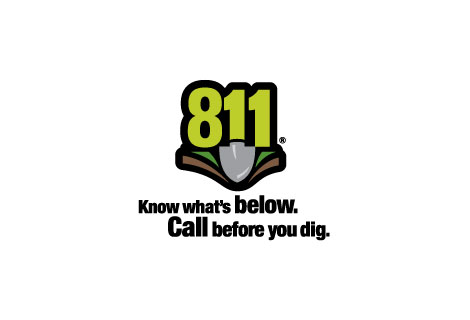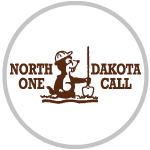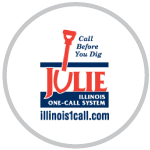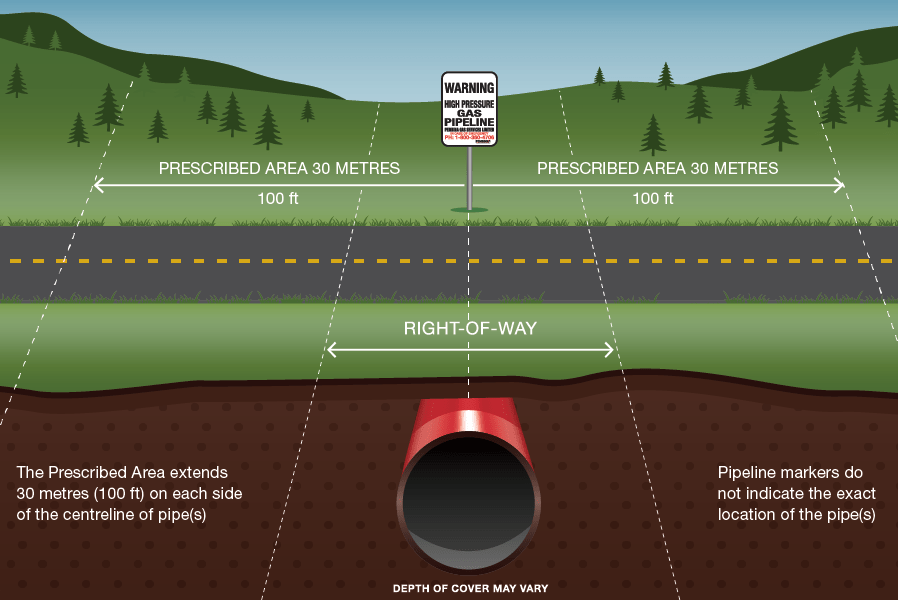Pembina's Damage Prevention and Public Awareness Programs are dedicated to enhancing the safety of those living and working near our pipelines.
We regularly keep in touch with our landowners, tenants, business owners, Indigenous communities, municipal and emergency officials, excavators and members of the community through educational outreach, so that all stakeholders understand their role in preventing damage to our pipelines.
Pembina conducts regular inspections, maintenance, and testing to confirm that our pipelines are operating safely and monitors the operating condition of the pipelines through our state-of-the-art control room.
Our commitment to excellence in safety is reinforced through our daily operations by developing stringent standards, reviewing potential hazards, conducting regular safety meetings, implementing contractor screenings and inspections.
If you have additional questions, contact us at 1-800-920-1979 or [email protected].















